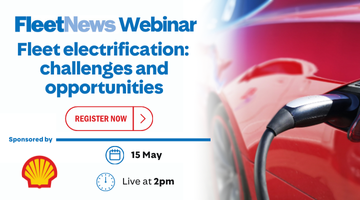Dr Mark Dougherty, of the School of Transportation and Society at Borlange, Sweden, supervised a research project into the issue. He says the key to fuel-efficient driving is to accelerate hard without over-revving the engine and to move through the gears briskly so the car reaches its cruising speed promptly.
'The basic theory is that the internal combustion engine operates at best efficiency at relatively low revs but high load,' he said. 'This implies that for a car with manual transmission you should accelerate with the gas pedal depressed to about three quarters down, but change gear early - when the engine is turning at about 2,500 rpm. This uses about two-thirds of the available power of the engine.'
He discovered the technique when working on an in-car system which advises drivers on how to reduce fuel consumption in various manoeuvres. In simulated driving tests he found an overall reduction in fuel consumption of 16% - an improvement on the 9% drivers achieved without prompting from the device. Dougherty said similar savings could be achieved with automatics by accelerating hard without forcing kickdown. He also said the same driving style would apply to diesel engines although the gearchanges would need to take place at lower revs.
The research was backed by one of the RAC's fuel economy experts. Jack Clarke, quality assurance manager of RAC Risk Management, said: 'We started developing a fuel economy programme in the autumn, and we recommend changing gear between 2,000 and 3,000rpm.' He said the programme, which monitors all aspects of driving, had seen fleet drivers make fuel savings of between eight and 30%.
















Login to comment
Comments
No comments have been made yet.